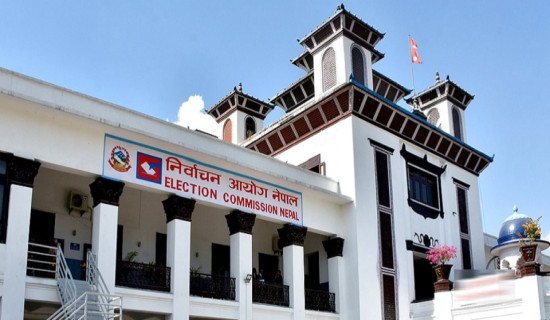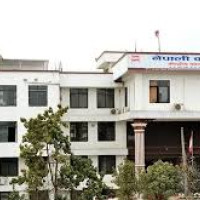- Thursday, 8 January 2026
Revenue-expense gap continues to widen
Kathmandu, Feb. 4: Government’s fiscal performance remained weak in the first six and a half months of the current Fiscal Year 2023/24 with a gap of about Rs. 79.34 billion in its total receipts and expenditure.
By the end of the first quarter of this fiscal, in mid-October last year, the gap was about Rs. 5 billion.
Despite multiple initiatives and guidelines on effective mobilisation from the Finance Minister Dr. Prakash Sharan Mahat to improve the budget performance this year, results are not encouraging.
FM Dr. Mahat had announced a budget of Rs. 1751.31 billion for this year while the revenue estimates were set at Rs. 1422.54 billion which was just about Rs. 19 billion increase in the estimates of the last FY 2022/23. In the last fiscal, the government could collect only 68 per cent of its total revenue target, while a year before in 2021/22, about 90 per cent revenue of the annual target of Rs. 1180.6 billion was mobilised.
However, compared to the last FY, the gap has been narrowed this year. In the same period last year, there was a gap of 105.54 billion between the receipts and expenses. However, in FY 2021/22 the budget was in surplus by Rs. 67.87 billion and in 2020/21 by Rs. 25.63 billion.
Meanwhile, income of the government has also significantly gone down to 37.34 per cent of the total target in the current year while it was 50.39 per cent two years ago and 45.66 per cent three years ago.
However, government expenditure has remained almost identical in the first six and a half months of the last three years and hovered around 34-36 per cent.
Poor performance in revenue (both in tax and non-tax revenue) mobilisation has caused a problem in financing the development works, including the delayed payment to the contractors. The government is still in the process to clear last year’s dues of the contractors.
Prime Minister Pushpa Kaman Dahal Prachanda had to intervene and direct the Finance Ministry to clear the dues as soon as possible. According to the Federation of Contractors Association of Nepal (FCAN), the government has a liability to clear about Rs. 46.3 billion and the process for which has been initiated.
But in terms of utilising the development budget, a slight improvement has been achieved this year with the mobilisation of 19.12 per cent of the capital allocation of Rs. 302 billion. In the past three-four years, capital expenditure was between 15-16 per cent of the annual estimates.
In the past months of this year, the government spent Rs. 57.7 billion for development works and Rs. 90.4 billion (30 per cent of the annual estimates) in loan servicing.
Economists have been saying that the traditional sources of revenue have been drying up and the government needs to find alternative to it.
According to them, the problem will only exacerbate in the future given the transformative nature of economy such as the shifts in the vehicle, and human resource market primarily intervened by the technology and Artificial Intelligence (AI).












-original-thumb.jpg)



